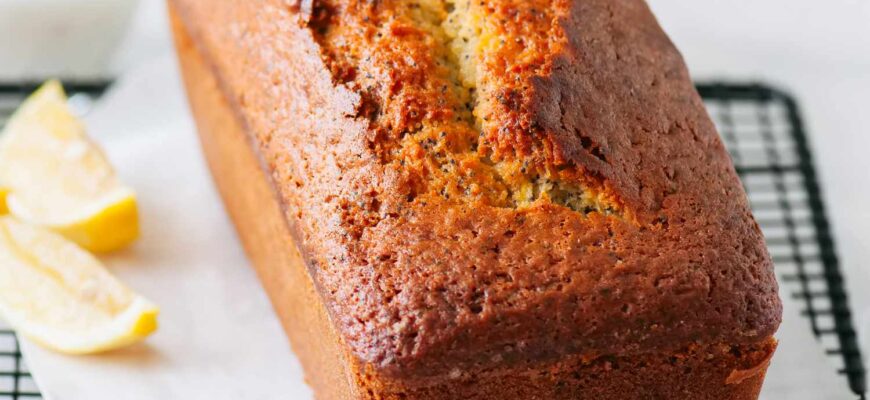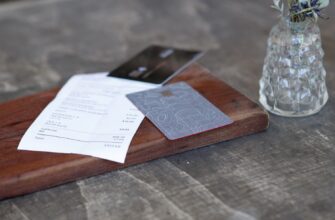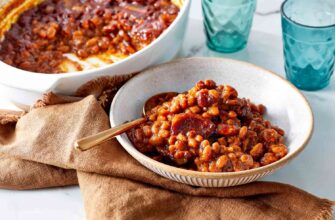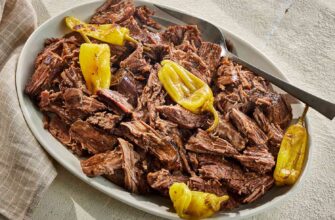Close
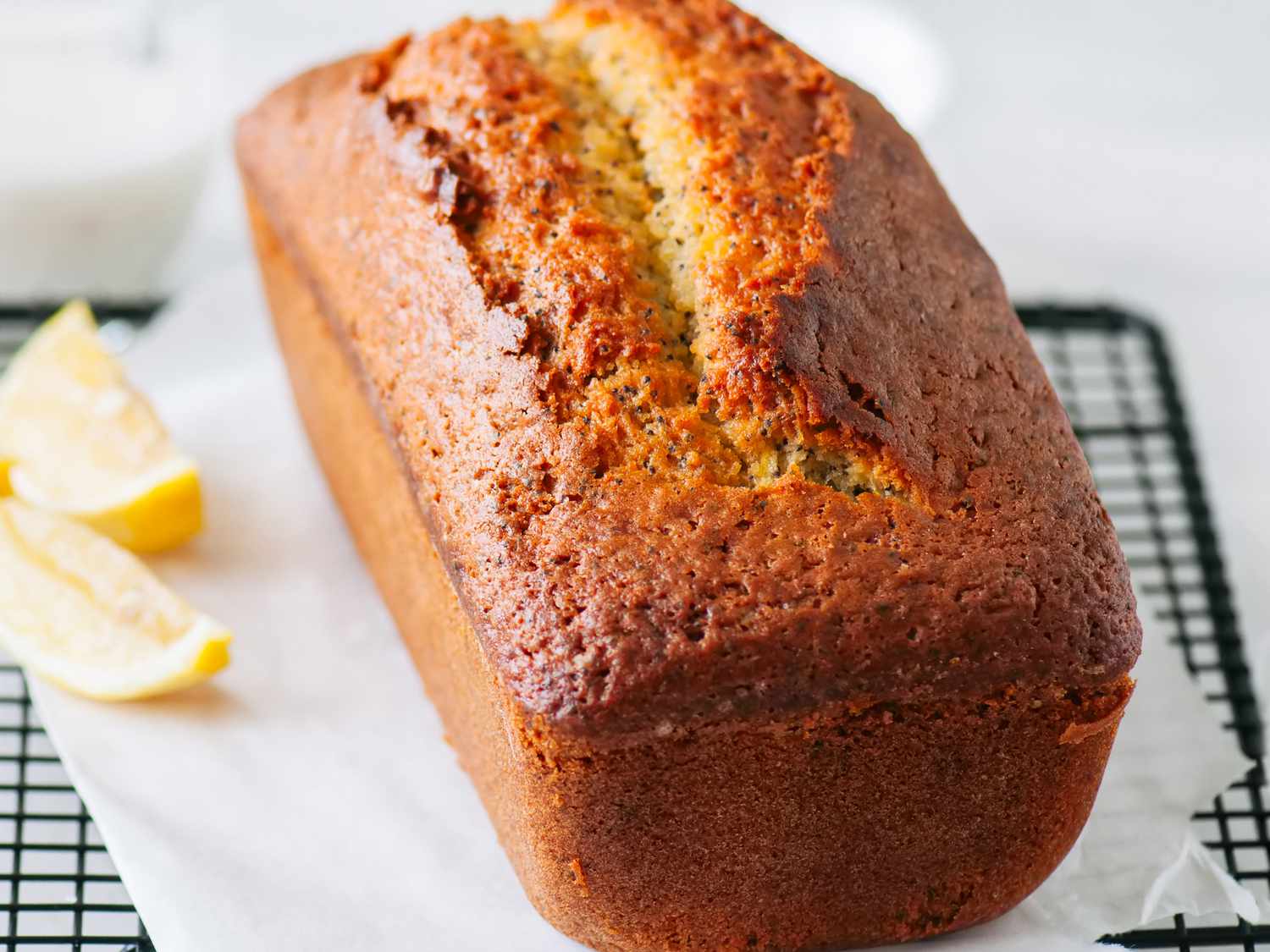
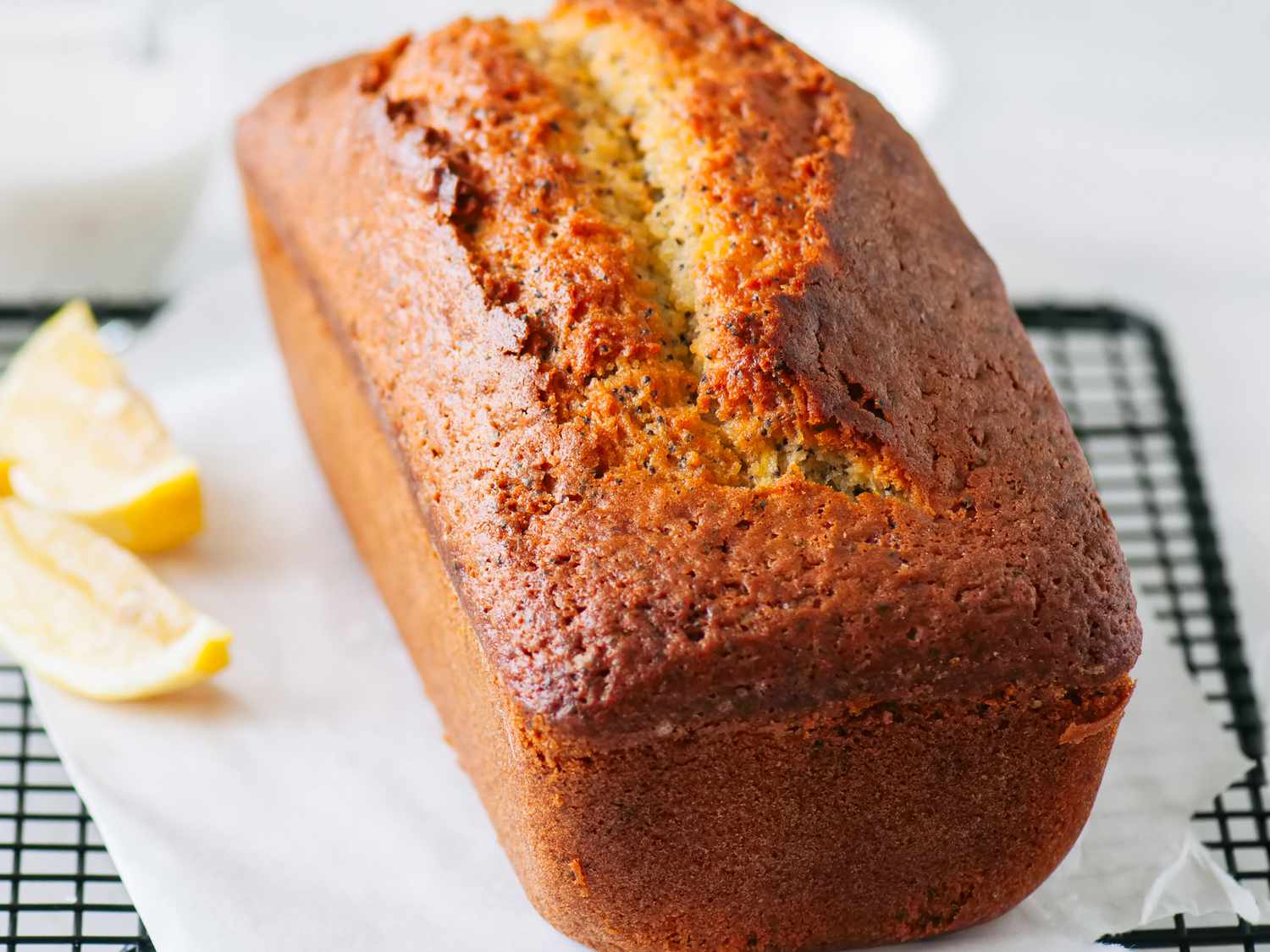
Credit:
Adobe Stock
My grandma is a star entertainer with a sixth sense for when company is about to stop by unexpectedly. And one of the biggest tools in her entertaining tool kit is her astonishing recipe archive of many, many loaf cakes. Banana bread, pound cake, pistachio loaf, ricotta cake — you name it, my grandma has a recipe for it.
I grew up in the kitchen with her, watching her churn out perfect baked goods in a way that only years of experience can produce. Regardless of what a recipe says, my grandma has some unique way of doing it; loaf cakes are no exception. Her final step before the oven was always to melt a small pat of butter, dip a butter knife in it, and then run the buttered blade down the middle of the cake. I never really questioned it; it was just what you did with loaf cakes. It was as second nature as greasing a pan or brushing dough with egg wash.
Putting Grandma’s Trick to the Test
Fast forward 20 years, and I’m a line cook at an upscale-ish restaurant in a big city across the country. I’ve spent at least 10 hours a day for the past 10 years working the hot line for dinner and brunch; I’m unequivocally a savory cook. One day at the beginning of my shift, the chef informed me the pastry department was short-staffed, so I would work with the pastry chef. I was not pleased. Savory cooking allows for improvisation and course-correcting as you go; I can taste a sauce and adjust the seasoning as it cooks. Pastry and baking, however, are rigid and inflexible. If you don’t follow a recipe exactly, things can go horribly wrong.
I was tasked with making pound cake for our strawberry shortcake dessert. The pastry chef rounded the corner just as I was instinctively doing my grandma's butter knife trick, and she was furious. I got an earful about following recipes and the delicate chemistry of baking. I honestly didn’t even think twice about my grandma’s loaf cake trick; it wasn’t in the recipe, but to me, it was just common sense. We baked the cakes anyway, and when they came out, we were both shocked at how beautiful they looked; I think we both fully expected that I had ruined them. She realized that the butter had helped to define the crack and make the cakes even more uniform.
Why That Bit of Butter Matters
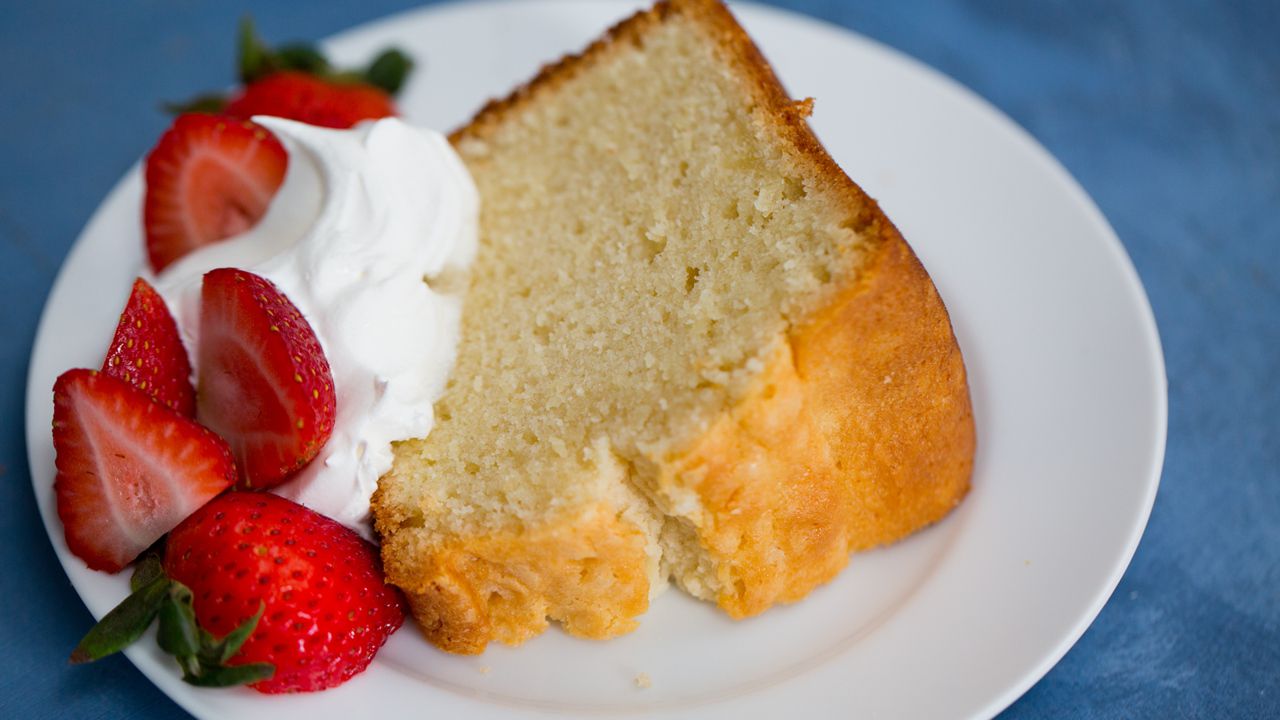
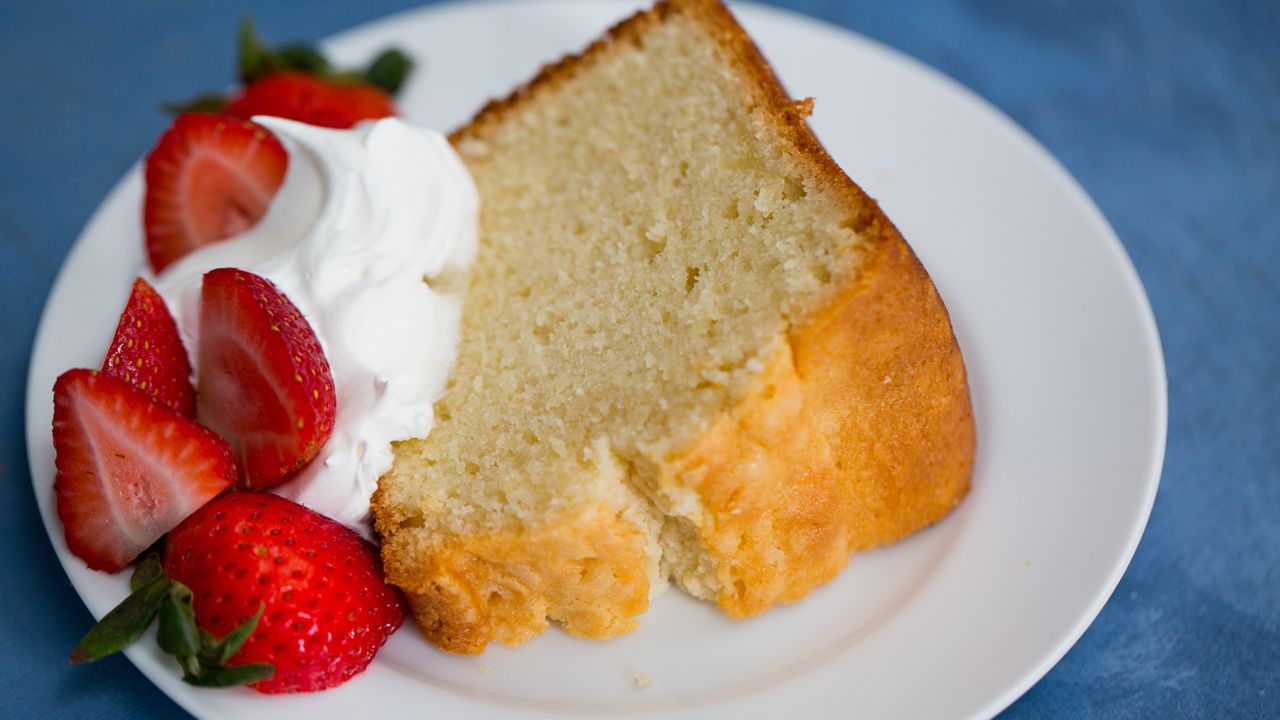
What was behind my grandma’s magic? Pound cakes, in particular, are dense batters. In the oven, the outside begins to cook much faster than the inside; the crack is from the inner batter rising and releasing steam through the semi-cooked outer batter. A pound cake without a crack usually indicates a deflated, overly dense, and decidedly un-fluffy pound cake. However, as any baker will tell you, batters and doughs can have a mind of their own. Sometimes, these cracks happen unevenly and can affect the evenness of the cooking on the whole loaf. Painting that stripe of butter creates almost an outline that tells the batter where to crack while the fat from the butter pushes the edges of the crack from the middle. Not only does this uniform crack look nice and consistent across multiple cakes, but it encourages the batter to cook more evenly and brown more evenly across the surface of the cake.
I breathed a sigh of relief; I wasn’t going to get fired. And I made a mental note to call my grandma after work and tell her my restaurant’s entire pastry department was now using her loaf cake trick.
Related
Philly Fluff Cake Recipe
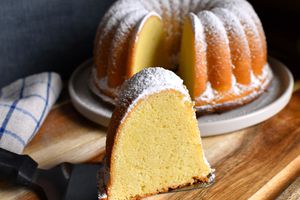
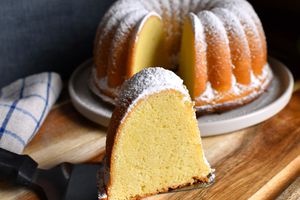
Grandmother’s Pound Cake Recipe
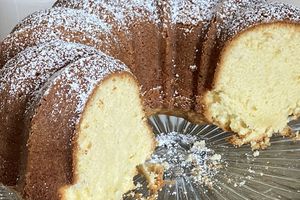
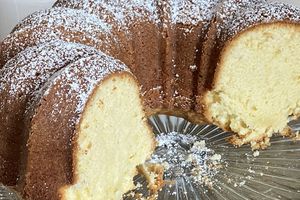
Explore more:
Was this page helpful?
Thanks for your feedback!
Tell us why!
Other
Submit
